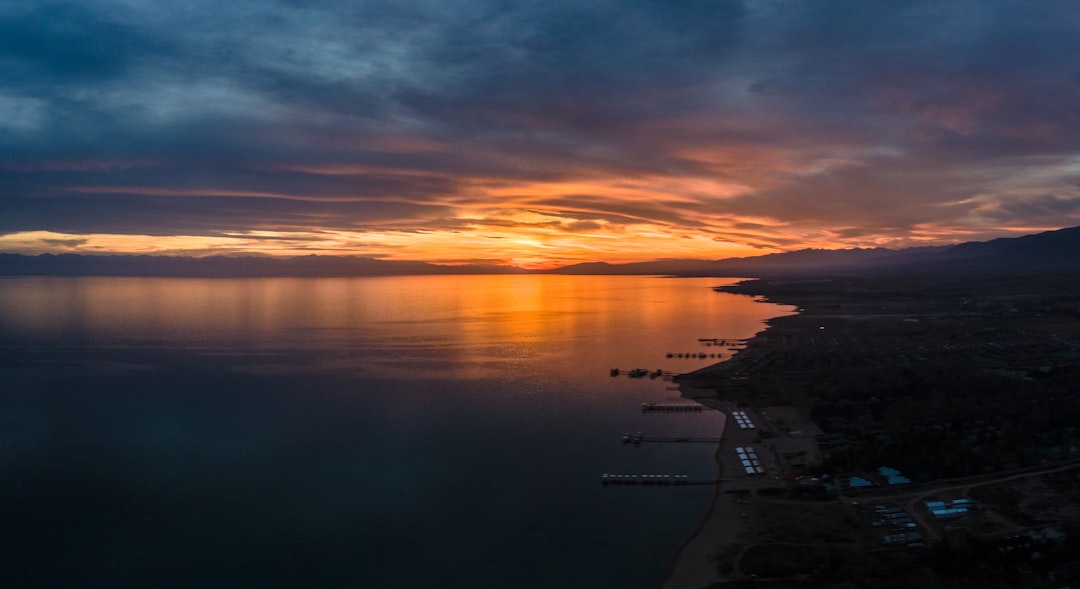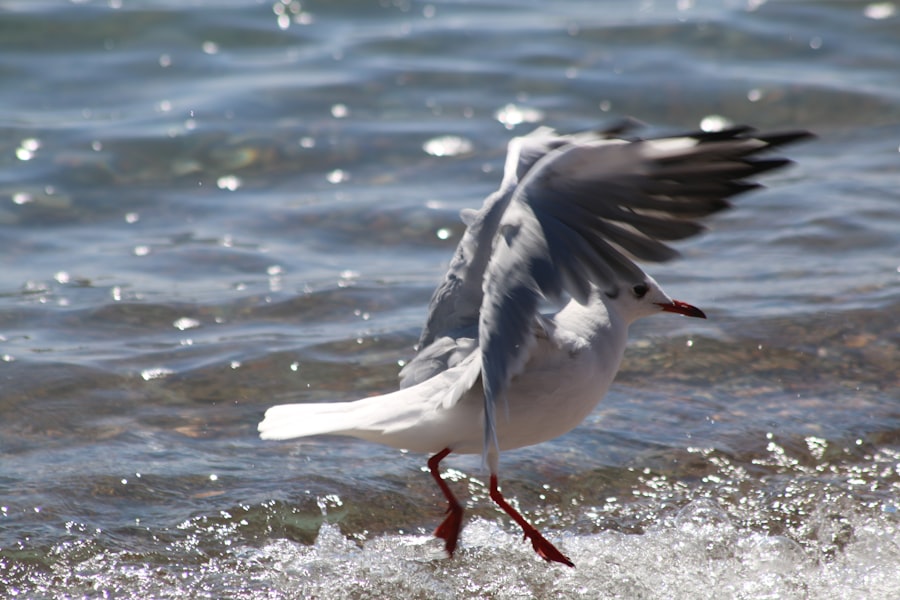
Kyrgyzstan, a landlocked country nestled in Central Asia, is often overshadowed by its more prominent neighbors, yet it boasts a rich tapestry of history, culture, and natural beauty. Bordered by Kazakhstan to the north, Uzbekistan to the west, Tajikistan to the south, and China to the east, Kyrgyzstan is characterized by its rugged mountains, vast steppes, and deep valleys. The country covers an area of approximately 199,951 square kilometers and is home to a population of around 6.5 million people.
The capital city, Bishkek, serves as the political and economic hub, while the stunning landscapes of the Tien Shan mountain range dominate much of the country’s geography. The nation’s history is as diverse as its terrain, shaped by various empires and cultures over the centuries. From the ancient Silk Road traders who traversed its high passes to the nomadic tribes that still inhabit its mountainous regions, Kyrgyzstan has been a crossroads of civilizations.
The country gained independence from the Soviet Union in 1991, marking a new chapter in its history. Today, Kyrgyzstan is known for its hospitality, with a culture that emphasizes community and tradition. Visitors are often welcomed with open arms, experiencing firsthand the warmth and generosity that define Kyrgyz society.
Key Takeaways
- Kyrgyzstan is a landlocked country in Central Asia known for its stunning natural landscapes, rich history, and unique culture.
- Visitors can explore historical and cultural sights such as the Burana Tower, Tash Rabat Caravanserai, and the Ala-Too Square in the capital city of Bishkek.
- Outdoor enthusiasts can enjoy activities like trekking, horseback riding, and skiing in the Tien Shan mountains, as well as exploring the pristine beauty of Issyk-Kul Lake.
- Traditional Kyrgyz cuisine, including dishes like beshbarmak and manti, can be sampled at local markets and restaurants, offering a taste of the country’s culinary heritage.
- Travelers can immerse themselves in Kyrgyz culture by attending festivals and events such as the World Nomad Games, the Kyrgyzstan Independence Day, and the colorful Nooruz celebration.
Historical and Cultural Sights
Kyrgyzstan is replete with historical and cultural landmarks that reflect its rich heritage. One of the most significant sites is the Burana Tower, located near the town of Tokmok. This ancient minaret dates back to the 11th century and was part of the city of Balasagun, a key stop on the Silk Road.
The tower stands at 24 meters tall and offers panoramic views of the surrounding landscape. Visitors can explore the nearby archaeological site, which includes remnants of ancient structures and a collection of balbals—stone statues that served as grave markers for nomadic tribes. Another notable cultural site is the Ala Archa National Park, which not only showcases stunning natural beauty but also holds historical significance.
The park is home to several Soviet-era structures and serves as a popular retreat for locals and tourists alike. The park’s trails lead to breathtaking vistas and glacial lakes, making it an ideal spot for hiking and picnicking. Additionally, the city of Osh, one of the oldest continuously inhabited cities in Central Asia, features the Sulaiman-Too Mountain, a UNESCO World Heritage site.
This sacred mountain is dotted with ancient petroglyphs and offers insights into the spiritual practices of the region’s early inhabitants.
Natural Landscapes and Outdoor Activities

Kyrgyzstan’s natural landscapes are nothing short of spectacular, offering a playground for outdoor enthusiasts. The Tien Shan mountain range, which translates to “Heavenly Mountains,” dominates much of the country’s geography. With peaks soaring over 7,000 meters, such as Jengish Chokusu (Victory Peak), this range provides ample opportunities for trekking, mountaineering, and skiing.
The Ala-Kul Lake trek is particularly popular among hikers, leading adventurers through lush valleys and past alpine meadows to a stunning glacial lake nestled at an altitude of 3,560 meters. Beyond trekking, Kyrgyzstan is also renowned for its horseback riding culture. The nomadic lifestyle still thrives in many regions, and horseback riding remains an integral part of daily life.
Visitors can experience this tradition firsthand by participating in multi-day horseback tours that traverse remote areas of the country. These journeys often include stays with local families in yurts—traditional felt tents that symbolize Kyrgyz hospitality—allowing travelers to immerse themselves in the local way of life while enjoying breathtaking views of the mountains.
Traditional Cuisine and Local Markets
| City | Traditional Dish | Local Market |
|---|---|---|
| Paris | Coq au Vin | Marché d’Aligre |
| Tokyo | Sushi | Tsukiji Market |
| Mexico City | Tacos al Pastor | La Merced Market |
| Istanbul | Kebab | Grand Bazaar |
Kyrgyz cuisine is a reflection of its nomadic heritage and agricultural practices, characterized by hearty dishes that emphasize meat, dairy, and grains. One of the most iconic dishes is plov, a flavorful rice dish typically cooked with lamb or beef, carrots, and spices. It is often served during special occasions and gatherings, showcasing the communal aspect of Kyrgyz dining culture.
Another staple is beshbarmak, which translates to “five fingers,” referring to the traditional way of eating this dish with one’s hands. Beshbarmak consists of boiled meat served over wide noodles and garnished with onions. Local markets are vibrant hubs where visitors can experience Kyrgyz culture through food and commerce.
The Osh Bazaar in Bishkek is one of the largest markets in Central Asia, offering an array of fresh produce, spices, textiles, and handicrafts. Here, one can find everything from dried fruits and nuts to traditional felt products known as shyrdaks. Engaging with local vendors provides insight into daily life in Kyrgyzstan and allows travelers to sample authentic street food such as samsa (savory pastries filled with meat) or kymyz (fermented mare’s milk), both of which are integral to Kyrgyz culinary traditions.
Festivals and Events
Kyrgyzstan’s cultural calendar is filled with vibrant festivals that celebrate its rich traditions and heritage. One of the most significant events is Nowruz, the Persian New Year celebrated on March 21st.
In Kyrgyzstan, Nowruz is celebrated with various activities including traditional music performances, dance competitions, and feasting on special dishes prepared for the occasion. The festivities often take place in public squares where locals gather to enjoy games such as ulak tartysh—a traditional horseback game similar to polo. Another notable event is the World Nomad Games, held every two years in Cholpon-Ata on the shores of Lake Issyk-Kul.
This unique festival showcases traditional nomadic sports such as kok-boru (a game played on horseback where teams compete to score points by placing a goat carcass in a goal) and wrestling. The games attract participants from various countries who come together to celebrate their shared heritage while promoting cultural exchange. The atmosphere during these events is electric, filled with excitement as spectators cheer for their favorite teams while enjoying traditional music and dance performances.
Practical Tips for Traveling in Kyrgyzstan

Traveling in Kyrgyzstan can be an enriching experience if one is well-prepared. First and foremost, understanding local customs and etiquette is crucial for fostering positive interactions with locals. For instance, it is customary to greet people with a handshake or a nod while maintaining eye contact.
When visiting someone’s home or a yurt, it is polite to remove your shoes before entering. Additionally, offering a small gift or treat when visiting locals can be seen as a gesture of goodwill. Transportation options vary across the country; while Bishkek has a reliable public transport system including buses and marshrutkas (shared minibuses), traveling to remote areas may require hiring a driver or joining a guided tour.
The road conditions can be challenging due to mountainous terrain; therefore, it’s advisable to plan travel routes carefully and allow extra time for journeys. Currency exchange can be done at banks or exchange offices in major cities; however, carrying cash is recommended when venturing into rural areas where card payments may not be accepted. In conclusion, Kyrgyzstan offers a unique blend of history, culture, natural beauty, and warm hospitality that captivates travelers from around the world.
Whether exploring ancient sites or trekking through breathtaking landscapes, visitors are sure to find themselves enchanted by this Central Asian gem.
If you’re intrigued by the diverse landscapes and cultural richness highlighted in the “Kyrgyzstan Facts, Places, and Sights” article, you might also find the Czech Republic Facts and Places to Visit article fascinating. Like Kyrgyzstan, the Czech Republic boasts a compelling blend of history, architecture, and natural beauty, making it another excellent destination for travelers seeking a blend of outdoor activities and cultural exploration. From the historic streets of Prague to the scenic hiking trails in Bohemia, this article provides a comprehensive guide to one of Europe’s most enchanting countries.
FAQs
What are some interesting facts about Kyrgyzstan?
– Kyrgyzstan is a landlocked country in Central Asia.
– It is known for its stunning natural beauty, including mountains, lakes, and valleys.
– The country has a rich nomadic heritage and is home to various ethnic groups.
– Kyrgyzstan gained independence from the Soviet Union in 1991.
– The capital city is Bishkek.
What are some popular places to visit in Kyrgyzstan?
– Issyk-Kul Lake: The second largest alpine lake in the world.
– Ala Archa National Park: A popular destination for hiking and mountaineering.
– Burana Tower: A historical minaret and archaeological site.
– Tash Rabat: A well-preserved 15th-century stone caravanserai.
– Sary-Chelek Biosphere Reserve: A protected area with diverse flora and fauna.
What are some must-see sights in Kyrgyzstan?
– The Tian Shan Mountains: A breathtaking mountain range with numerous peaks over 7,000 meters.
– Son-Kul Lake: A high-altitude alpine lake surrounded by picturesque meadows.
– Osh Bazaar: A bustling market in the city of Osh, offering a wide variety of goods and local products.
– Jeti-Oguz: A scenic valley known for its distinctive red rock formations.
– Song Kol: A high-mountain lake where visitors can experience traditional nomadic life.



